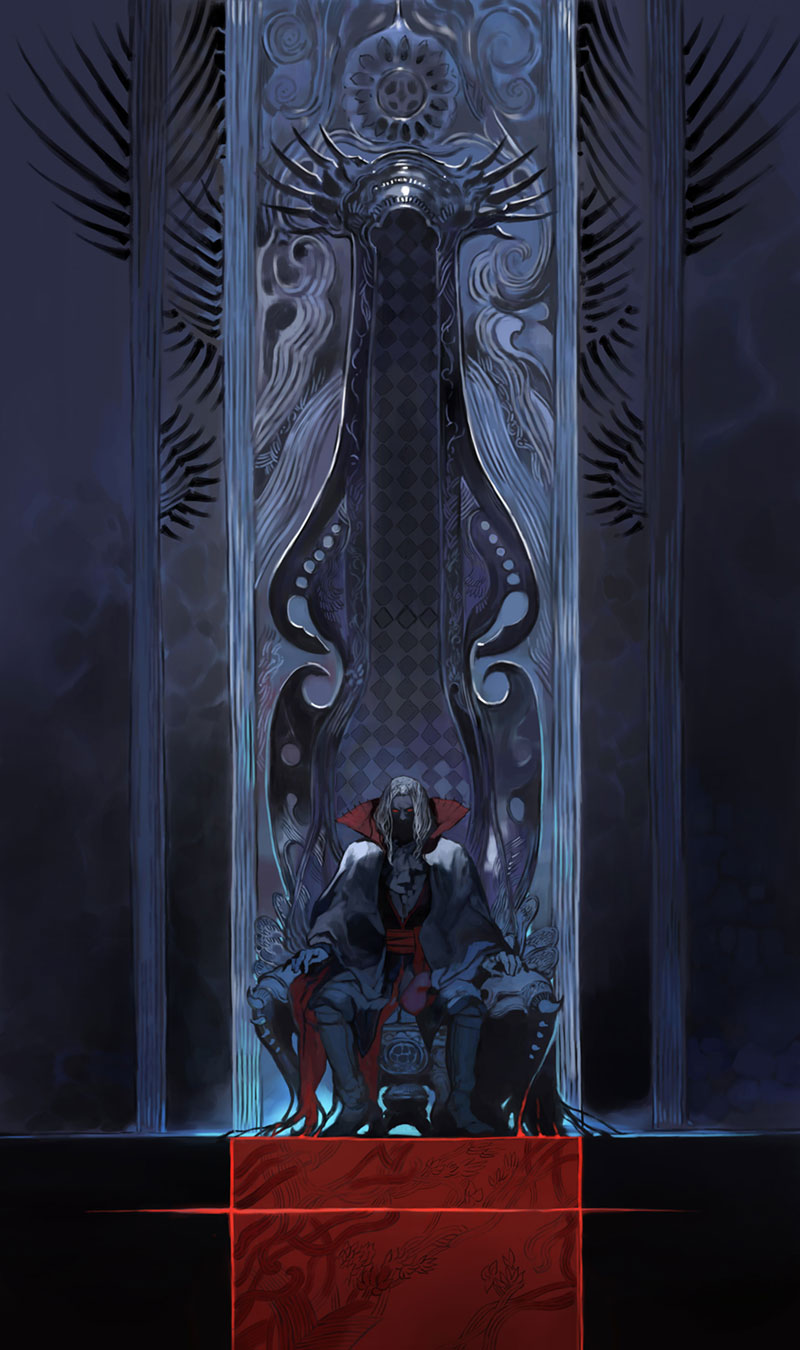Part 1: The Belmonts & Zangetsu
Despite being a videogame franchise twice as big as Dance Dance Revolution and a Netflix franchise so popular they didn’t cancel it even after four seasons — they gave it a second show instead! — Konami isn’t making more Castlevania games. So it is a good thing Koji Igarashi is.
Bloodstained might not have Belmonts or magic whips (we talked about that last time), but it isn’t trying to hide its intentions: it wants to succeed that franchise, and it’s got a pretty good claim.
For over a year now, we’ve known that “Ritual of the Night 2” is in development. We don’t know anything else. But with 25+ years of Castlevania inspiration to draw on, we can make some educated guesses.
As I said before: I don’t think Bloodstained should slavishly follow the Castlevania blueprint, and they’ve even got good reason not too. The theme of Castlevania NES was monster mash. It was never designed to support a lore than spanned fictional generations. Bloodstained doesn’t have to build on those quirky foundations.
However, I want to explore the clues for the future of the Bloodstained universe that might be lying in its connections to the previous franchise. This time, new interpretations of classic villains.
The Future of Gremory
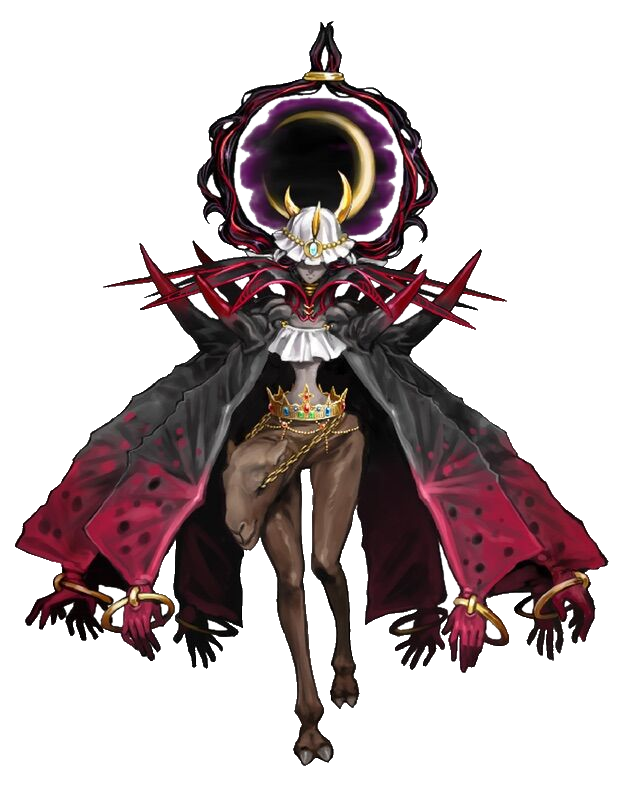
You don’t have to squint to see that Gremory is an analogue to Castlevania’s recurring boss, Death. I love how they have taken the visuals of some of Death’s traits, such as the sythe attacks, and managed to reinterpret them into a wholly original lore: the spinning half circles that Death was known for are no longer the grim reaper’s sickles, but are representations of a waning moon, the moon being the source of Gremory’s powers.
Gone is that odd quality of the Grim Reaper being a servant of Dracula. You would really expect it to be the other way around, wouldn’t you? Gremory is a powerful demon, but not something metaphysical and metaphorical like Death.
There’s no question in my mind that Gremory is going to be a recurring villain in this franchise. She already is, having appeared in all three games released so far, and that is bound to continue.
But if Gremory is Death, who is Dracula?
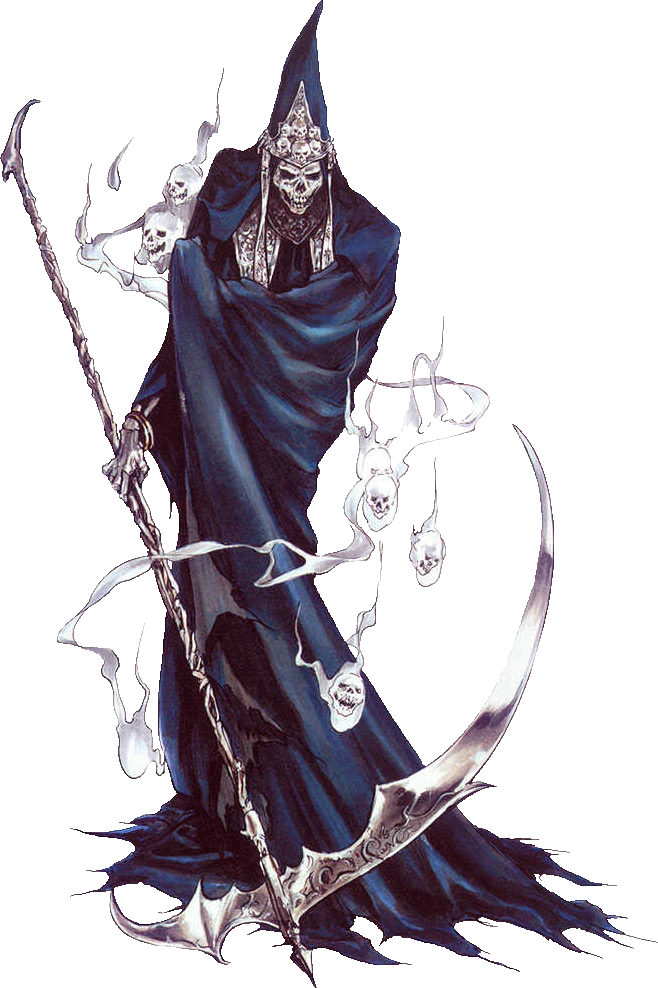
The Big Bad Question
If there is one single thing that Castlevania is known for, it is that Dracula is the last boss of every game. So it’s natural for us to wonder, who is Bloodstained’s equivalent? You might say it must be Gebel, because he kind of looks like Dracula. But Gebel is not the final boss in Ritual of the Night. Other than that, he is also disqualified from the role as he is no longer a villain.
(He’s also no longer alive, though how often has that stopped somebody trying to become a Lord of Darkness?)
At the end of a Castlevania game, you almost always have a fight with Dracula starting as a man, then with Dracula as a demon. The final boss of Ritual of the Night is Bael, a demon, but before Bael it is Dominique, a human.
Therefore, the roles of Dracula are taken in combination in Bloodstained by Dominique and Bael. Is our new Dracula one of them?
Well, Dominique certainly has the name for it.
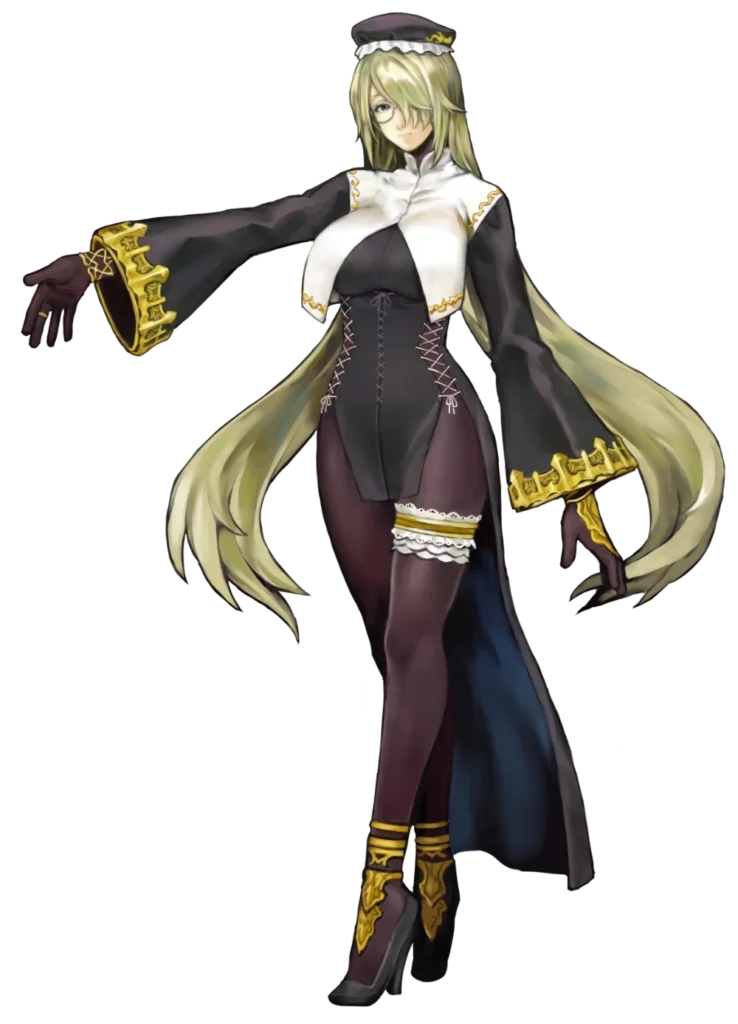
Bloodstained: Ritual of the Night
The Future of Dominque
Despite being the antagonist of the first game, I don’t think Dominique is going to be the recurring series villain. In her debut, she didn’t appear to have the charisma to carry a whole franchise, but that could change. She doesn’t have the long history of Dracula, but that could change, too. However, most of all she seems to better fit the achetype demonstrated by Shaft in Symphony of the Night. There are similar character throughout the Castlevania franchise: Brauner in Portrait of Ruin, or Albert in Order of Ecclesia. These are the humans that align themselves with the forces of darkness. Though Dominque surpasses them by featuring a final boss in her game — other corrupted human villians never do — this is the role she plays.
However, I don’t think her influence on the franchise is over.
The story of the Belmonts is one that spans generations, and allies are often cropped from familiar families. One of the key families in the Castlevania franchise was that of the Belnades, known for their powerful magic. The progenitor of this bloodline was Sypha Belnades, who now has a starring role in the Netflix series. Charlotte Aulin (Portrait of Ruin) and Yoko Belnades (Aria of Sorrow) are some of her descendants.
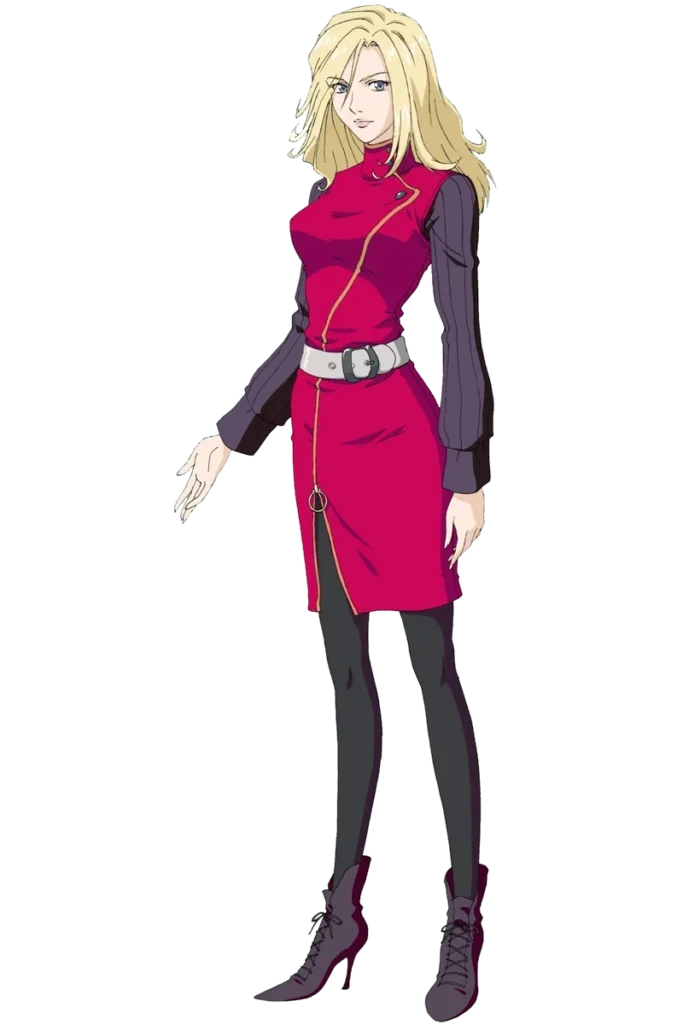
Castlevania: Dawn of Sorrow
There’s not a lot of evidence for this but one hint is something Dominique Baldwin says about exorcists, especially just before Ritual‘s final battle. She says that she and Gebel have the power of exorcists in their blood. Earlier she says that her parents are exorcists. So if this power is hereditary, I feel like if we take a leap to another generation we might see the Baldwin’s take a similar role as the magical family.
Though Dominique was a foe in Ritual, in Curse of the Moon she was an ally. Therefore it is not even much of a twist for her descendants to join the fight as true heroes, like the Belnades clan. In the canon of Ritual, they might be motivated by the evil committed by their mother/grandmother/ancestor.
Or it could be a bit more uncertain, where like Dominique (or like a Targaryen of Westeros), the Baldwin clan have a tendancy to turn to evil, summon demons, and cause trouble through the ages.
Either way, bloodlines were an integral theme to Castlevania and I think taking the villain of the first game and doing something with their descendants is an interesting way to start a new family tree for this new franchise.
The Future of Demons
If not Dominique, who replaces Dracula?
So far, there may be more more evidence to suggest there will be no recurring final boss. For the games released so far, we have various final bosses:
- In Ritual of the Night, it is Dominque followed by Beal.
- In Curse of the Moon, it is Gremory, and the secret boss is corrupted Zangetsu, who acts a little like Dracula.
- In Curse of the Moon 2, the boss of the last stage is at first Beelzebub, but even nastier demons replace him at the climax of subsequent episodes, leading to a final confrontation with a beast called Sariel.
The theme seems to be a different demon will take the role of the ultimate antagonist in each game.
If that is the case, I’m okay with it. Dracula’s narrative impact always felt lessened by the fact that he was beaten back to sleep every century without fail. By having a new, previously undefeated, demon in each story, the threat can feel fresh and urgent every time.
Unlike Castlevania, Bloodstained does not enlist a smorgasbord of movie monsters that Castlevania used as its bosses. Instead, many of Bloodstained real-world influences are found in demonology lore, such as the 17th century grimoire The Lesser Key of Solomon.
Now I don’t know anything about demonology, but according to Wikipedia The Lesser Key of Solomon lists eight other demons with the rank of king, the same as Bael.
By the way, the Gremory of real-world demonology is listed as a duke. Here is an interpretation of her:
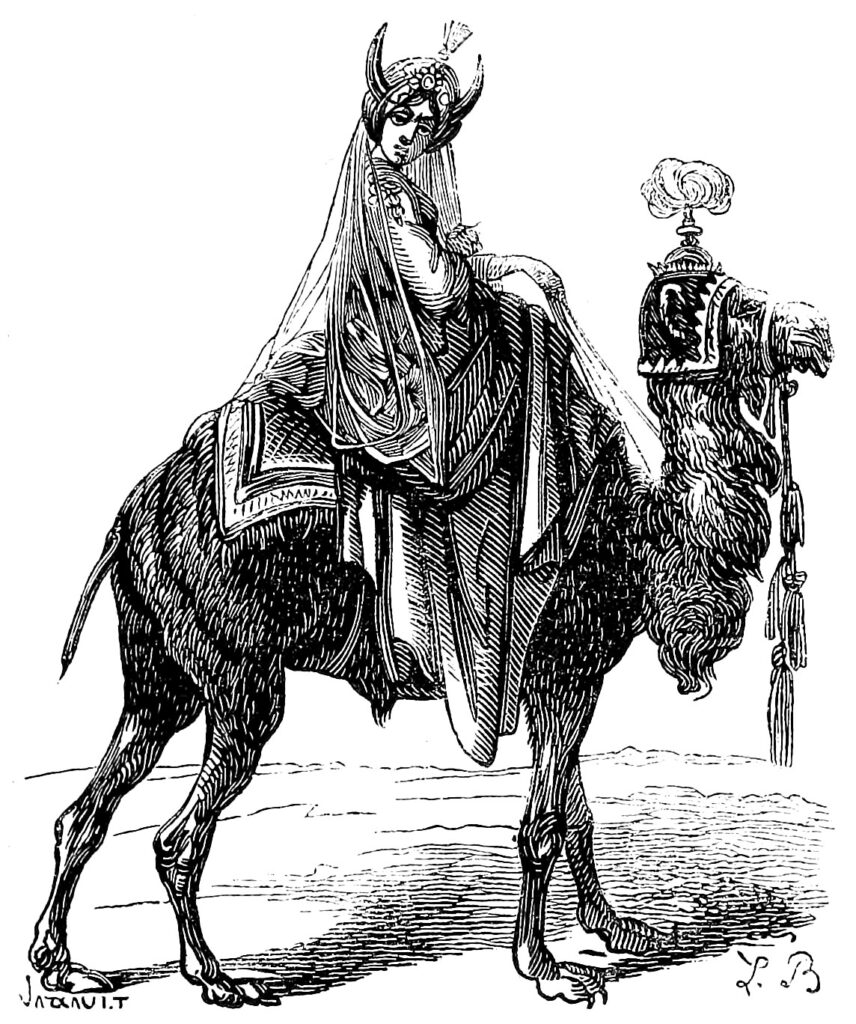
I feel it would be pointless of me to try and guess which of the demon kings might appear in the next game. There are other demons with names that have pentrated popular culture in the same way Bael and Beelzebub have. For the sake of recognisability, perhaps we will see an Astoroth, Mammon, Asmodeus, Samael or Azazel.
If I had to choose, it would be Paimon, described as a man riding a dromedary camel followed by a procession of trumpet players. I very much look forward how such a thing might be turned in a fearsome last boss.
I see a franchise in which each game, a new demon king is summoned by the power of the Liber Logaeth. Perhaps, as we work our way through the princes and kings of the demons, a greater threat stirs in the shadows. At the top of the demonic chain lies lucifer himself, which would make quite a climax for Bloodstained VII or so.
I’ve used the Curse of the Moon games as examples here, so I’ll also point out that they are considered alternate realities and are made by a different studio and therefore I don’t think they are precisely indicative of what Iga wants to do with the franchise. I’m confident Inti had plenty of creative freedom with the Curse games. An interview with the game’s director indicates as much:
The path to the ending was going to be pretty wild, and we were afraid that we might make IGA upset when we sent our ideas over to him. It was all for nothing though, because we got the OK for the main story with hardly any changes requested.
Hiroki Miyazawa
The Future of Bael
Finally, as a counterpoint to this theory, let me say that I believe there is power in developing an iconic series boss over the course of several games. One of the greatest pleasures of a Castlevania fan is seeing a new interpretation of Dracula at the end of each game. It is something that is novel but familiar. It will be a shame if that is lost entirely.
If Bloodstained does opt for a recurring demon antagonist, Bael seems the most likely choice. In Ritual of the Night, his name is first evoked by Johannes in some optional dialogue at the hero’s base. He tells Miriam to fear the demon Bael, because he is the most powerful of the 72 demons. If, in Igarashi’s demon heirarchy, Bael is already at the top, any other demon will be a step down. This would seem guarantee a starring role for Bael in subsequent games.
At this point, I think it could go either way.
In the next part, I will consider how Miriam’s role in the Bloodstained story might proceed.
